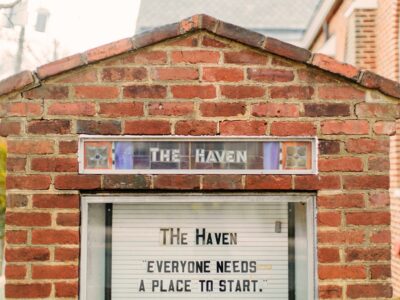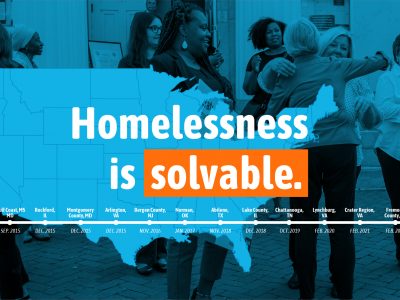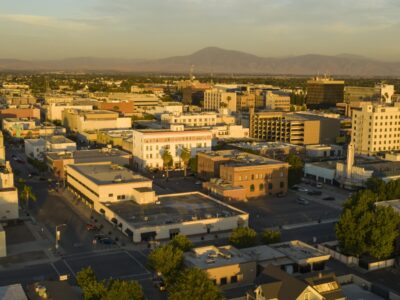When communities join Built for Zero, they’re on a mission: working toward a future where homelessness is rare and brief.
Communities set an aim for achieving and sustaining functional zero — a measurable and dynamic measure of ending homelessness — for one population (like people experiencing veteran or chronic homelessness). Then they work to scale that progress, until they’ve ended homelesssness for everyone.
This journey to zero for all is marked by many milestones — and communities in Built for Zero are reaching them every day.
Here are stories of five communities at different stages of their journey to zero.
Joining Built for Zero
Sonoma County, California
Sonoma County is one of seven new communities to join Built for Zero in May 2021.
“What really makes our community great is our resilience,” said Michael Gause, the Ending Homelessness Program Manager at Sonoma County Community Development Commission.
“We’ve been through historic wildfires (three of out the last four years), floods, and then COVID on all top of all that. And our community continues to bounce back.”
Achieving a by-name list
Anchorage, Alaska
The first step communities take once joining Built for Zero is achieving quality by-name data of everyone experiencing homelessness in their communities. This process is rigorous — and can take years to achieve.
Anchorage, Alaska, achieved a quality, by-name list late in 2020, after working on this since joining Built for Zero in 2019.
“It’s not about the numbers. It’s not about a report. It’s about using those stories to empower our community to do better for our neighbors,” said Jasmine Boyle, the Executive Director of the Anchorage Coalition to End Homelessness.
Reducing homelessness
Charlottesville, Virginia
Charlottesville has reduced their number of veterans experiencing homelessness down to six this year, from their average of 15 to 20. Learn more about what a shift in data means.
“You have to keep going,” said Anthony Haro, the Executive Director of the Thomas Jefferson Area Coalition for the Homeless. “Our team locally has gotten frustrated…but we kept going. And people see that paying off in a really amazing way now.”
Achieving functional zero for a population
Bakersfield, California
Bakersfield became the first California community to achieve functional zero for chronic homelessness in 2020 and has sustained this progress since then. The community reduced the number of people experiencing chronic homelessness from 62 to three. Their resilient local system has worked to continue to house new people who enter into chronic homelessness, consistently driving the overall number of people experiencing chronic homelessness to three or fewer individuals.
“You have to make sure that everybody in your community is on that boat with you and everybody is rowing in the same direction. It has to be a common and shared goal and vision,” said Heather Kimmel, the Assistant Executive Director of the Housing Authority of the County of Kern.
Sustaining functional zero
Lake County, Illinois
Lake County reached functional zero for veteran homelessness in 2018. After driving these reductions, the system has continued to work to keep the number of veterans experiencing homelessness under the community’s functional zero threshold.
Collaboration was required to reach functional zero — and the work of sustaining has required bringing even more people to the table.
“We’ve sustained for so long, these partners are saying that, ‘wow this is working.’ The numbers aren’t going up. And so we’re bringing those people on board now,” said Yareli Salgado, the Continuum of Care Program Coordinator in Lake County.









